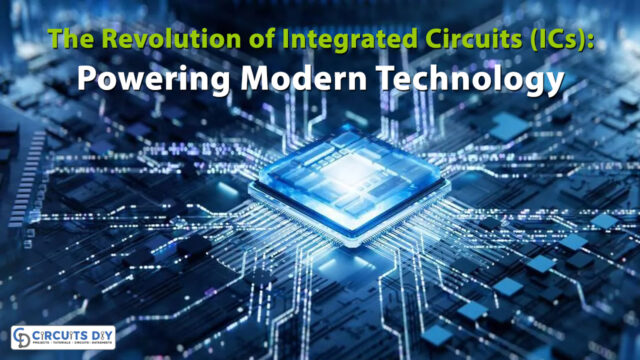Introduction
Optoelectronics is the fascinating realm where light meets technology, giving rise to a plethora of innovations that have transformed modern life. From fiber-optic communication to solar cells, optoelectronic devices are ubiquitous, playing pivotal roles in various sectors like telecommunications, healthcare, energy, and more. Let’s delve into the world of optoelectronics, exploring its principles, applications, and future prospects.
Understanding Optoelectronics:
At its core, optoelectronics deals with the interaction between light and electronic devices. It encompasses a broad range of technologies that manipulate light using semiconductors, creating devices that can detect, emit, and control light. This field merges principles from optics and electronics, bridging the gap between photons and electrons.
Key Components and Devices:
Several key components and devices define the landscape of optoelectronics:
- Light-Emitting Diodes (LEDs): LEDs are semiconductor devices that emit light when current passes through them. They are energy-efficient, long-lasting alternatives to traditional lighting solutions, finding applications in displays, lighting systems, and automotive lighting.
- Photodetectors: Photodetectors, such as photodiodes and phototransistors, are used to detect light and convert it into an electrical signal. They are crucial in optical communication systems, barcode scanners, and digital cameras.
- Lasers: Lasers are coherent light sources that have revolutionized various fields, including telecommunications, medicine, and manufacturing. They enable high-speed data transmission, precision surgery, and cutting-edge manufacturing processes like laser cutting and welding.
- Optical Fibers: Optical fibers are thin, flexible strands of glass or plastic that transmit light signals over long distances with minimal loss. They form the backbone of modern telecommunications networks, supporting high-speed internet, cable television, and long-distance communication.
- Solar Cells: Solar cells, also known as photovoltaic cells, convert sunlight directly into electricity. They are essential for renewable energy systems, powering everything from residential rooftops to large-scale solar farms.
Applications Across Industries:
The impact of optoelectronics extends across diverse industries:
- Telecommunications: Optoelectronic devices enable high-speed data transmission in fiber-optic networks, supporting internet connectivity, telephony, and digital broadcasting.
- Healthcare: Optoelectronics play a vital role in medical imaging technologies like MRI (Magnetic Resonance Imaging) and CT (Computed Tomography) scans, as well as in laser-based treatments for various medical conditions.
- Consumer Electronics: LED displays, optical storage devices (e.g., DVDs, Blu-ray discs), and digital cameras are prominent examples of optoelectronics in consumer electronics.
- Energy: Solar cells contribute to the growing adoption of renewable energy, reducing reliance on fossil fuels and mitigating environmental impacts.
Future Prospects and Innovations
The future of optoelectronics holds exciting possibilities:
- Quantum Optoelectronics: Advances in quantum technologies are leading to the development of quantum optoelectronic devices, promising ultra-secure communication and quantum computing capabilities.
- Integrated Photonics: Integrated photonic circuits, where optical components are integrated on a chip, are poised to revolutionize data processing and communication by offering higher speeds and lower power consumption.
- Optoelectronic Sensors: Enhanced optoelectronic sensors will drive innovations in fields like autonomous vehicles, robotics, and environmental monitoring, improving safety, efficiency, and sustainability.
Conclusion
Optoelectronics is a dynamic field driving innovation across industries, from communication and healthcare to energy and beyond. As technology continues to evolve, optoelectronic devices will play an increasingly integral role in shaping our connected, sustainable future. Embracing these advancements promises a brighter, more efficient world illuminated by the power of light and electrons.







